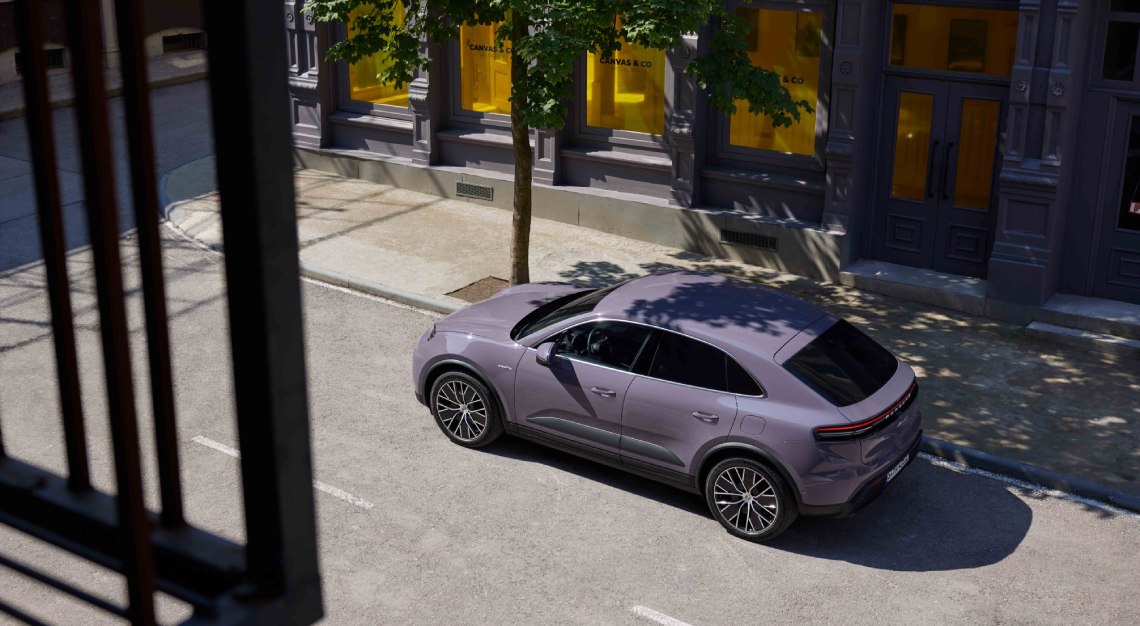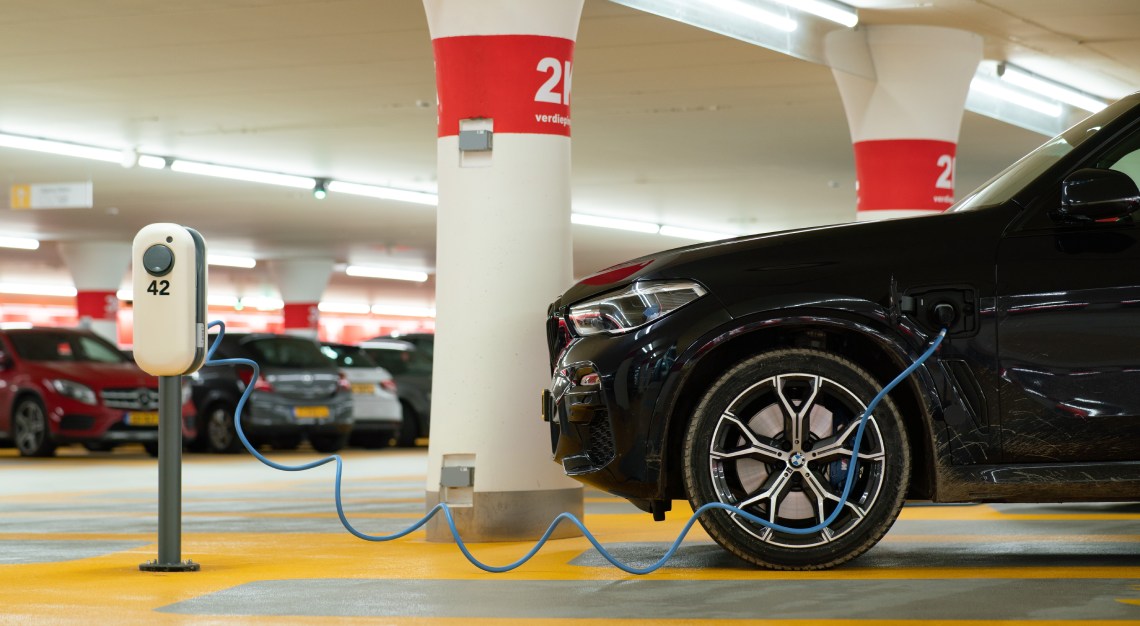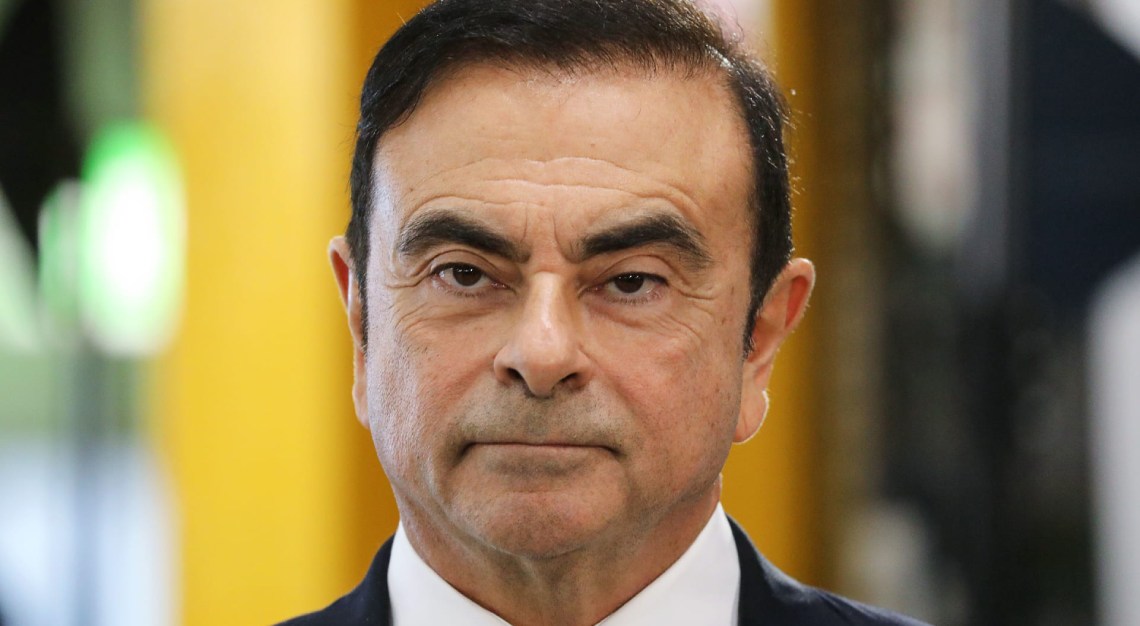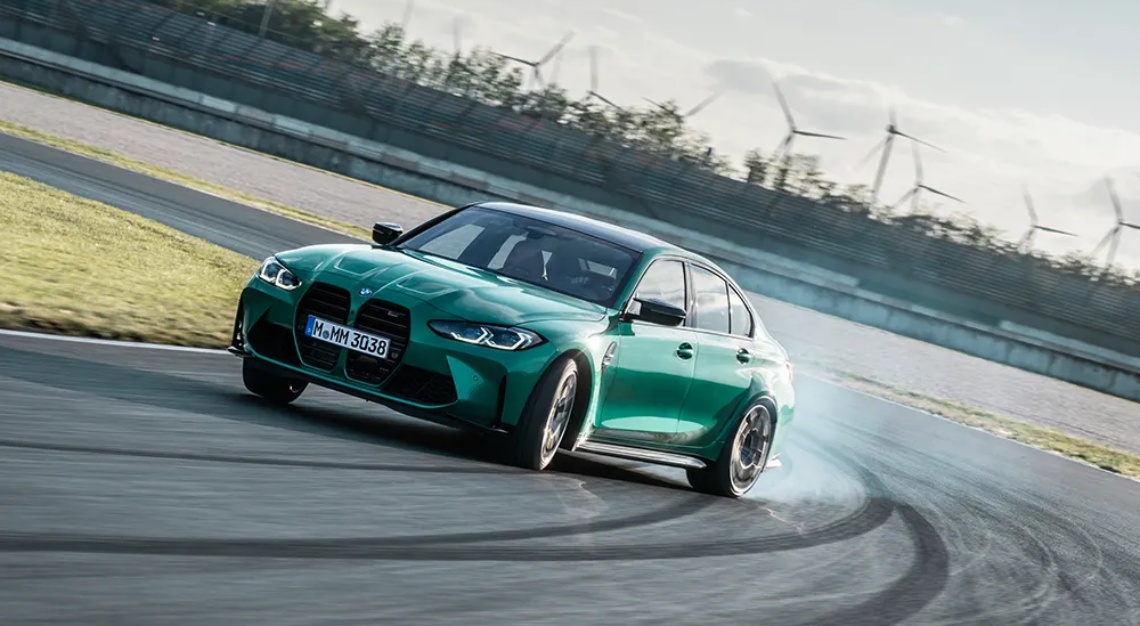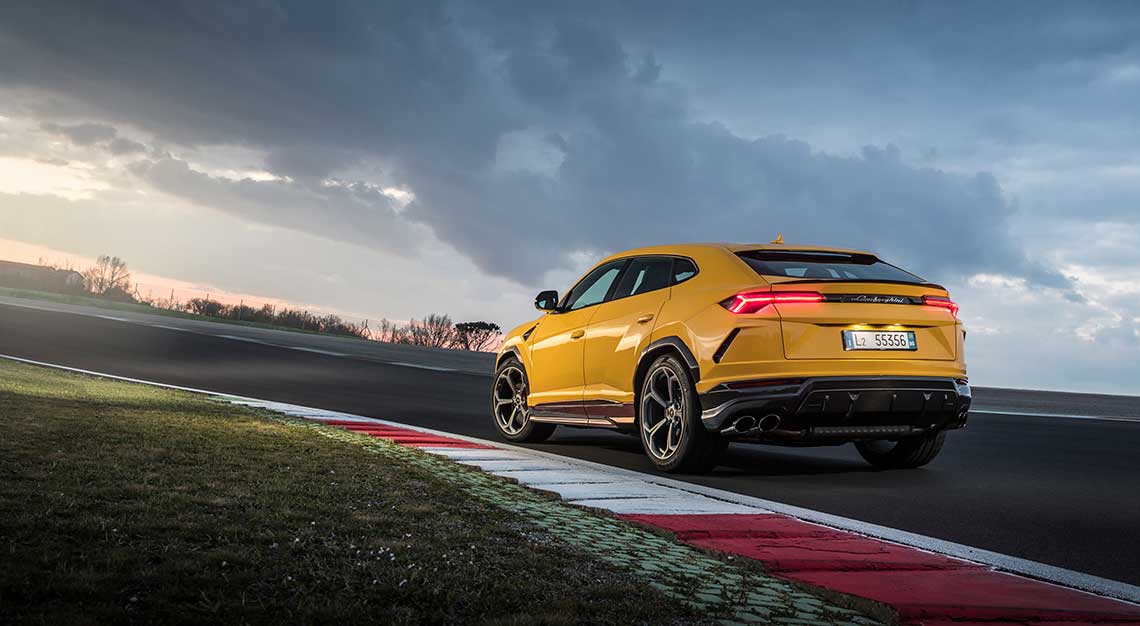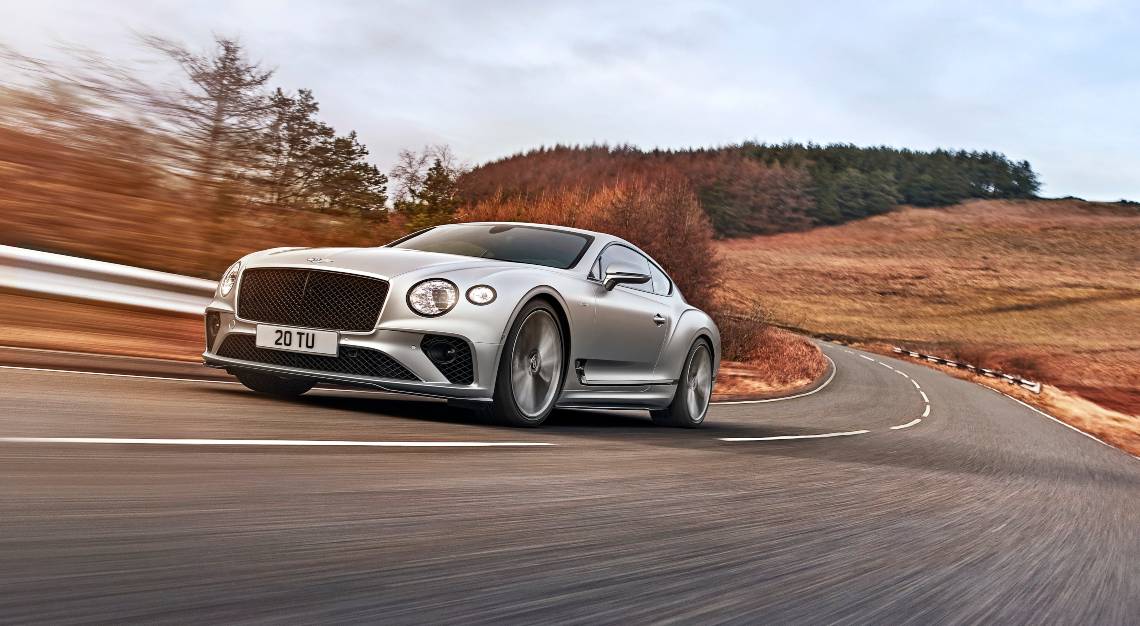We received a preview of the all-electric Macan last month, but now Porsche reveals pricing and performance specs for the two production versions
It should come as no surprise that Porsche has spent a lot of time and effort preparing the ground for the launch of the 2024 Macan EV. While Porsche’s first EV, the Taycan, was aimed at early adopters of electric-vehicle technology, the Macan EV takes a solely battery-powered Porsche into the mainstream. And the stakes are huge.
Originally launched in 2013, with the facelifted second-generation model hitting the market in 2018 and the third-generation model debuting in 2021, the internal-combustion-engine (ICE) Macan has been Porsche’s best-selling model every year from 2015 to 2022. More than 800,000 have been sold worldwide, and the momentum shows no sign of slowing: 2023’s global sales total of just over 87,000 examples equaled that of 2022. Most importantly, 80 per cent of Macan buyers are new to the Porsche brand. All of this, combined with the fact that the battery-powered version is one of the most anticipated EVs we’ve been promised, means that Porsche cannot afford to get this zero-emissions Macan wrong.
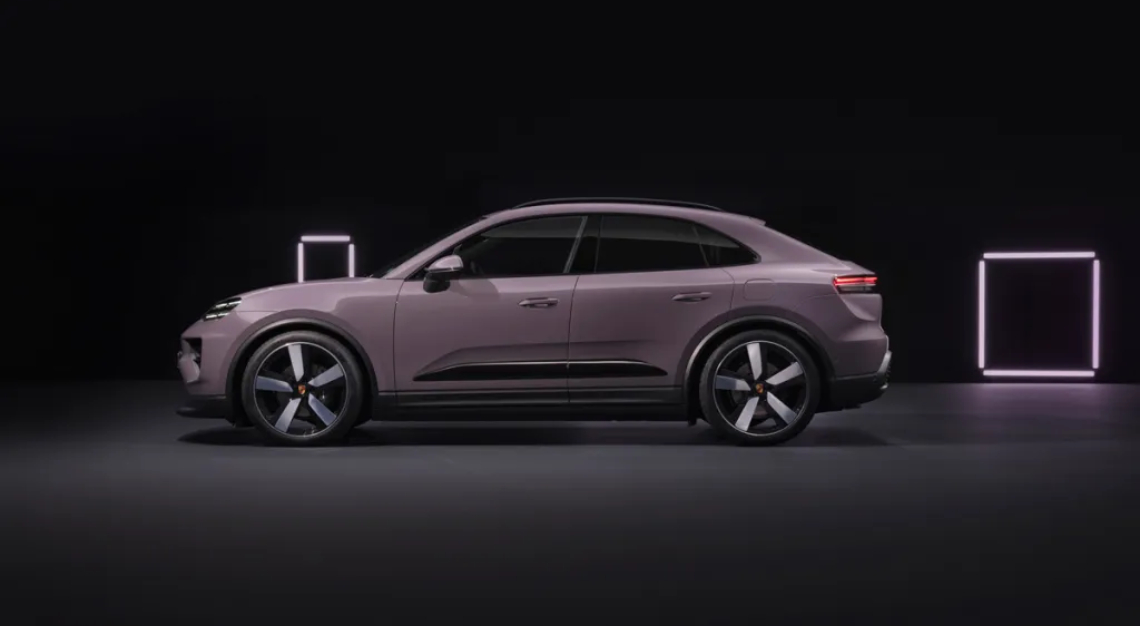
Performance is a key Porsche attribute, and the Macan EV looks right on brand. The entry level model of the two versions available at launch, the S$254,588 Macan 4, packs 402 hp and 650 Nm of torque, enough to propel it from zero to 100 km/hr in 5.2 seconds and reach a top speed of 220 km/hr. The range-topping Macan Turbo Electric, which starts at S$388,088, boasts 630 hp and 1,130 Nm of torque, and will sprint from zero to 100 km/hr in just 3.3 seconds on its way to a max speed of 260 km/hr.
These numbers tell us that the electrified Macan 4 has about the same level of performance as the S$267,688, turbocharged two-litre four-cylinder Macan T, while the electrified Macan Turbo is at least a full second quicker to 100 km/hr than the S$336,488 Macan GTS, which is powered by a turbocharged 2.9-litre V-6.
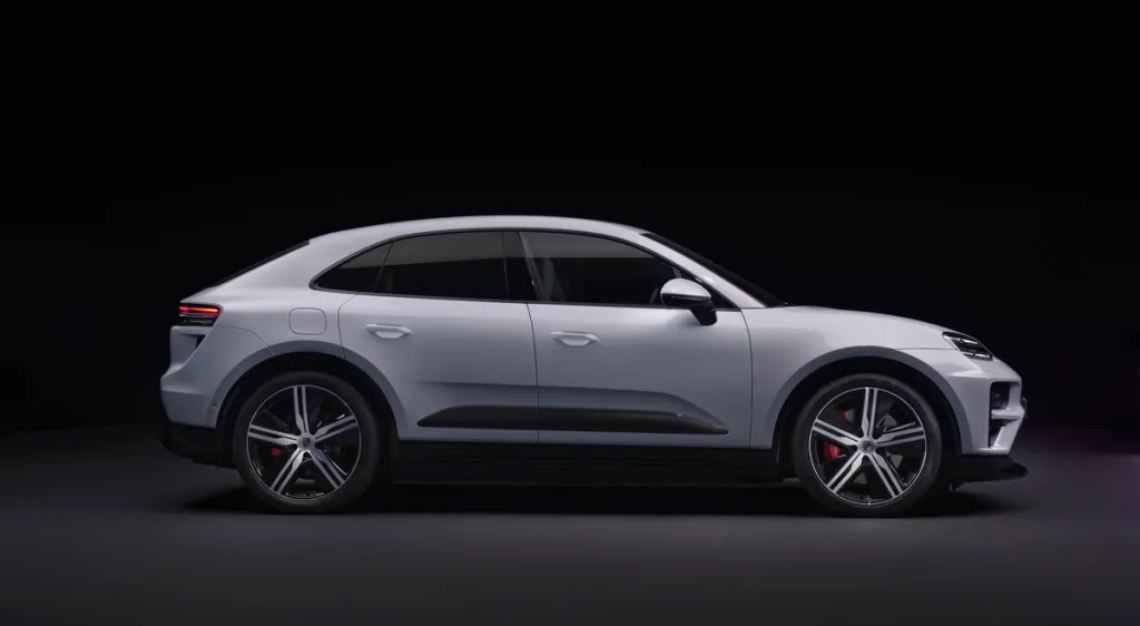
Both Macan EVs are all-wheel drive, with e-motors at the front and rear axles. Under normal operation, 100 per cent of the drive is sent from the rear e-motor—the more powerful of the two—to the rear wheels. However, the control system for the power train can instantly bring the otherwise passive front e-motor into action and infinitely vary the rear-to-front torque split depending on traction and which of the four drive modes—Normal, Sport, Sport+, and Off-Road—is selected. The front e-motor is also used to recuperate up to 240 kW of energy under braking. And the rear e-motor has a silicon-carbide inverter to boost performance.
The e-motors are wired into an 800-volt electrical architecture and powered by a modular prismatic battery that weighs 572 kilograms and has a usable capacity of 95 kWh. The battery, mounted under the floor and protected from underside damage by a fibreglass-composite skid plate, consists of 12 modules, each with 15 prismatic cells connected in series, and has a cooling plate in its housing. And the battery can be taken from a 10 per cent state of charge to 80 per cent in less than 22 minutes on a 350 kW charger. Adding 97 kilometres of range, though, takes just four minutes on a fast charger. The pack can also function like two separate 400-volt packs on low-speed chargers to improve charge times.
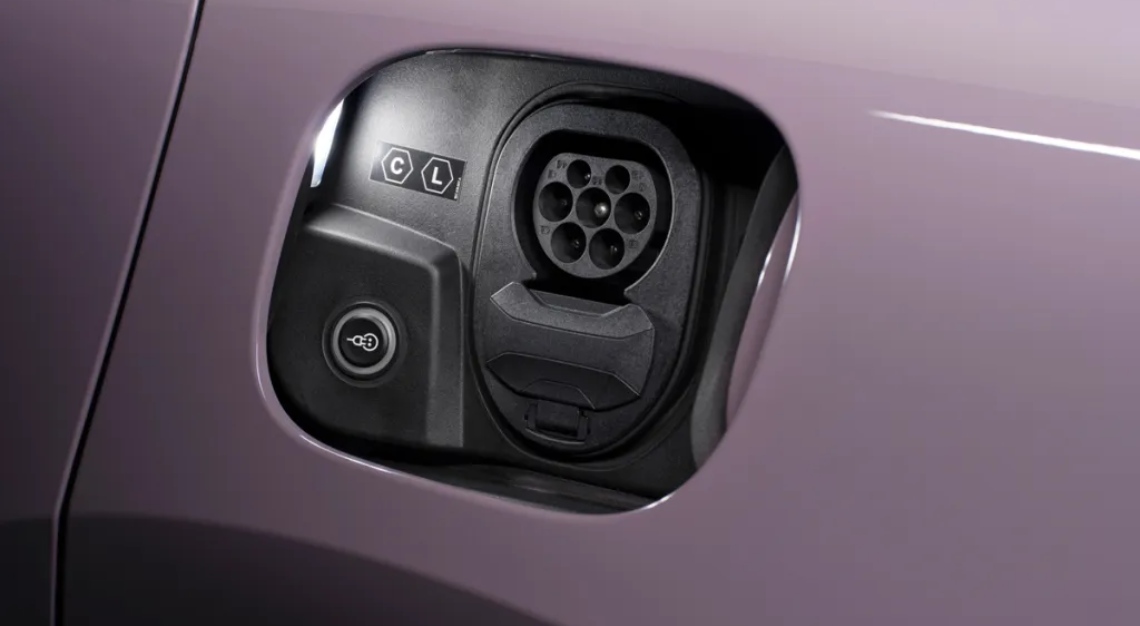
The Macan EV is built on the all-new, highly flexible Premium Platform Electric (PPE) foundation developed jointly by Porsche and Audi. Though destined to be one of the smallest vehicles built on the PPE platform, the Macan EV has a wheelbase of 113.9 inches, which is 3.4 inches longer than that of the ICE versions. Overall length has grown by only 2.3 inches, however, which means the Macan EV has slightly different proportions, as well as a roomier rear seat, and more luggage capacity. Despite the need to package the battery under the floor, overall vehicle height has only increased by an inch.
Both Macan EV models come standard with height-adjustable air suspension and Porsche Active Suspension Management (PASM) with new two-valve shocks that allow compression and rebound damping rates to be individually controlled to ensure a wider separation of damping characteristics in the different drive programs. Standard ride height is 7.1 inches, but selecting Sport+ drops it to 5.9 inches, while Off-Road mode raises it to 8.7 inches.
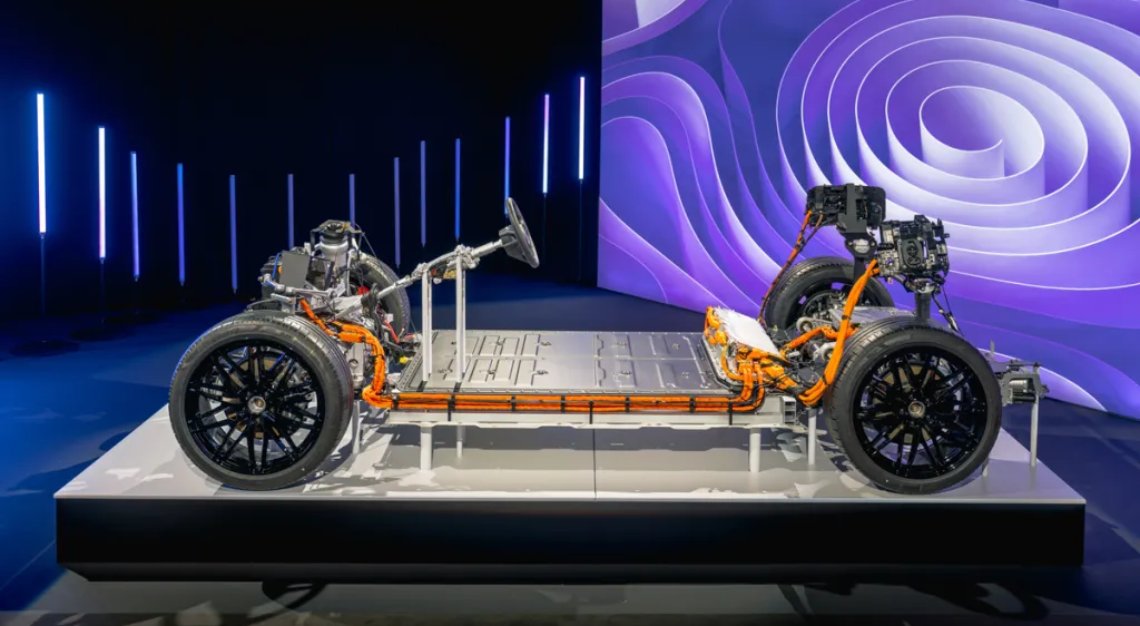
Rear-wheel steering is available as an option. The system will turn the rear wheels by as much as five degrees in the opposite direction to the front wheels at low speeds to deliver a turning circle of 11 metres in urban traffic. Above 80 km/hr, the system switches to same-phase steering for better high-speed stability. Macan EVs with rear-wheel steering are also equipped with a front-steering rack that is 15 per cent quicker than the standard item. The Turbo also gets an electronically controlled rear differential to improve traction and handling.
Carefully developed active and passive aerodynamic systems include an adaptive rear spoiler, active cooling flaps on the front air intakes, and flexible covers on the fully sealed underbody. In addition, air curtains below the headlight module and front bumper optimise the air flow. All of these considerations have resulted in a drag coefficient of 0.25, which is impressive for an SUV.
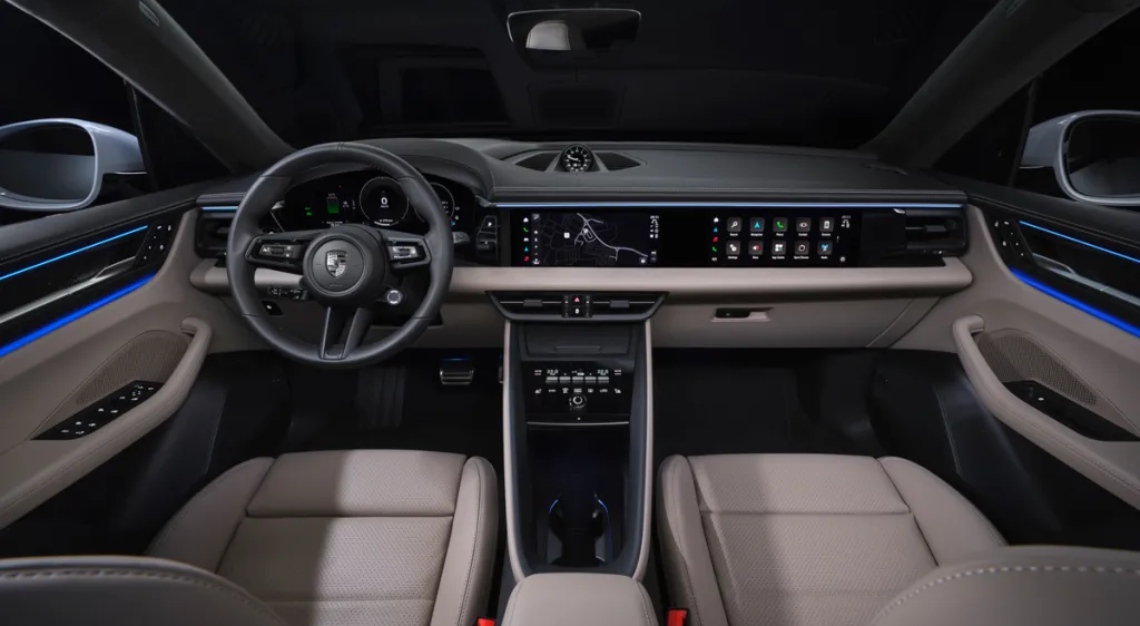
The single-speed transmission allows the e-motors to be decoupled from the wheels to enable energy-saving coasting, or lift-off deceleration roughly equivalent to that of an ICE car with an automatic transmission. This, combined with the optimised aero, should place both Macan EV variants among the class leaders in terms of the distance that can be traveled between charges, although Porsche hasn’t released any range numbers for either as of yet.
The redesigned interior showcases Porsche’s latest infotainment technology. Behind the steering wheel is a 12.6-inch free-standing curved screen with a customisable instrument-panel display. And a new head-up display features augmented-reality technology.
In the center of the dash is a 10.9-inch high-definition touchscreen on which the driver can position their favourite apps for quick access, just as with a smartphone. A 10.9-inch screen for the front-seat passenger is available as an option and can be used to browse through media apps or stream videos, even while the car is being driven, as a special film on this screen prevents the content from being seen by the driver.
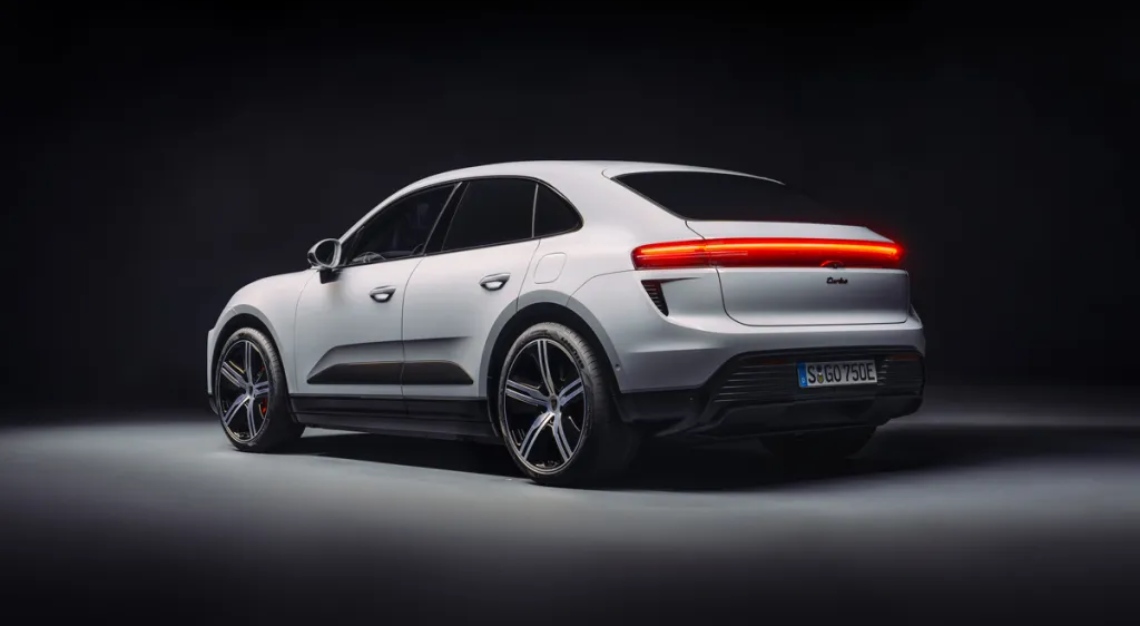
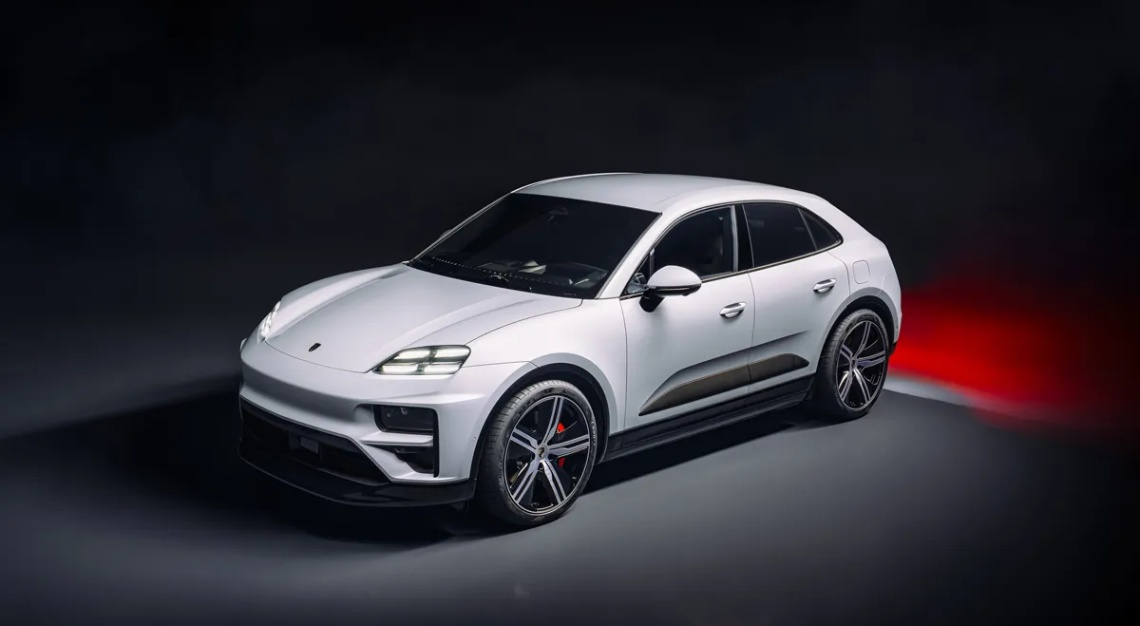
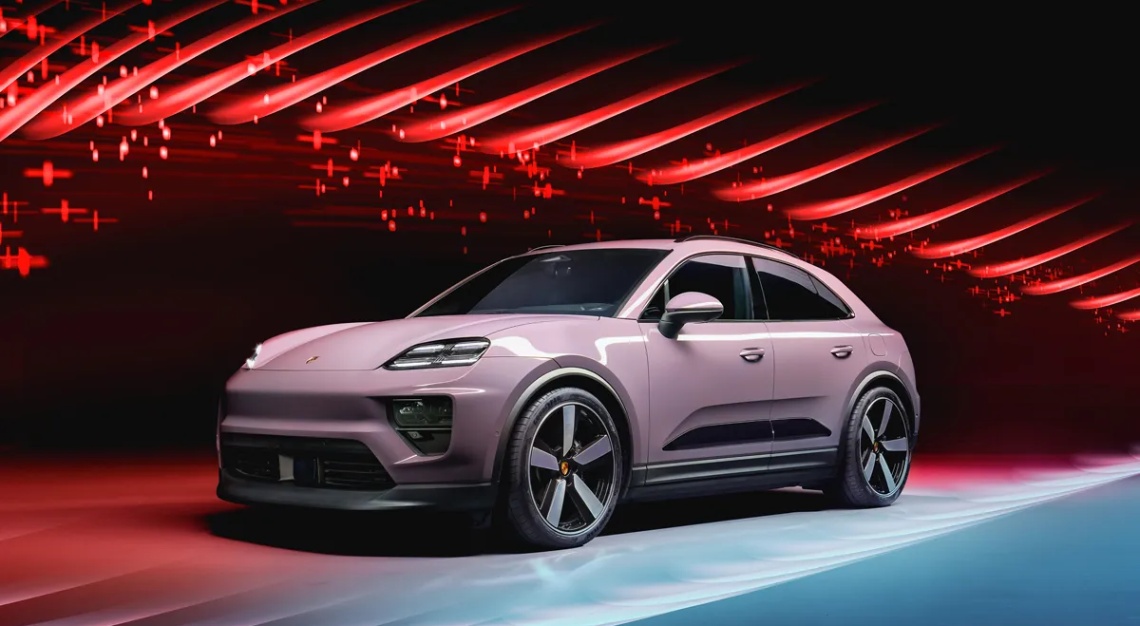
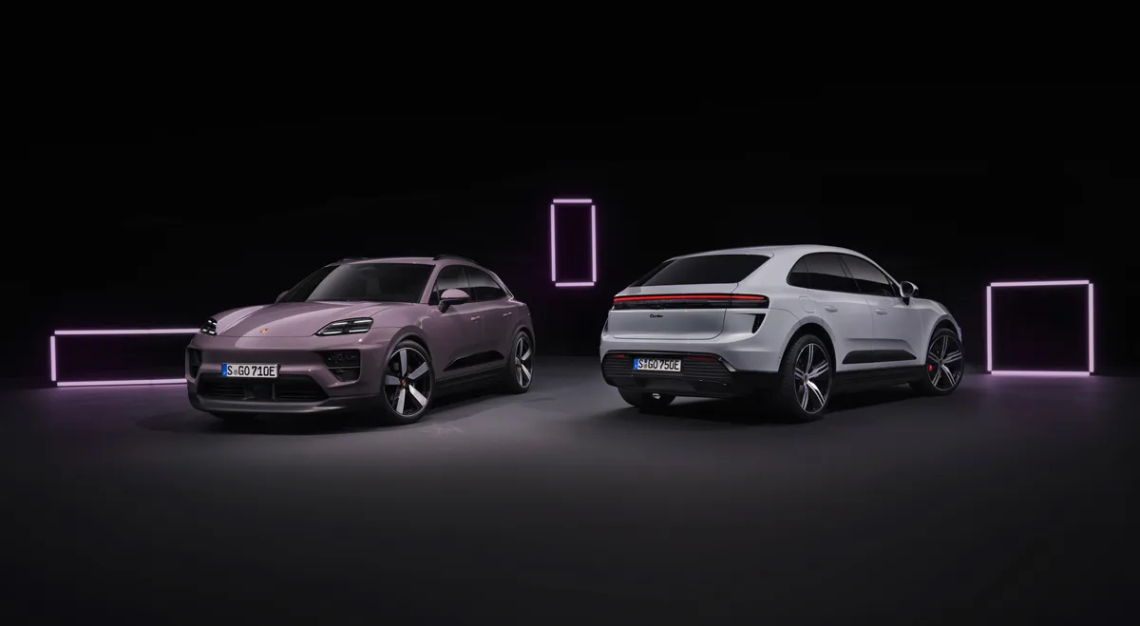
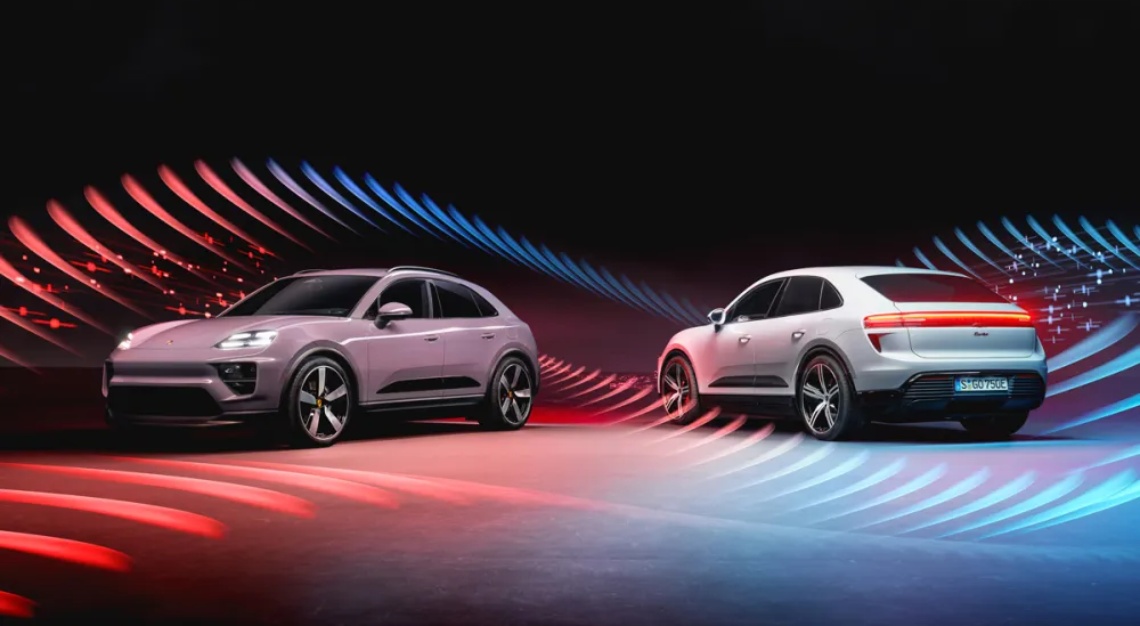
Underpinning the entire infotainment setup is new software built on the Android Automotive OS operating system, which allows the use of third-party apps. The operating system also enables, among other things, more powerful voice activation functionality. For example, the “Hey Porsche” voice assistant will suggest optimal routes, including charging stops.
We’ll wait until we get a chance to get behind the wheel before delivering a definitive verdict, but the 2024 Porsche Macan EV looks to be a supremely confident piece of work, bristling with cutting-edge technology and clever engineering. The all-electric Macan 4 and Macan Turbo are available for order now, with the first deliveries expected to begin during the second half of the year.
This story was first published on Robb Report USA
